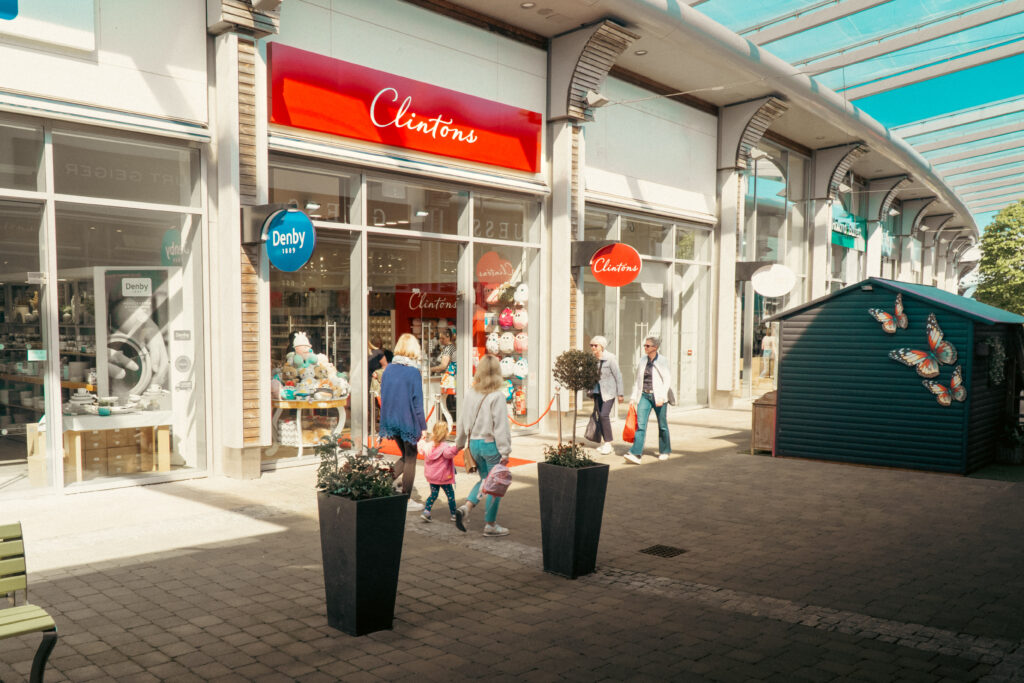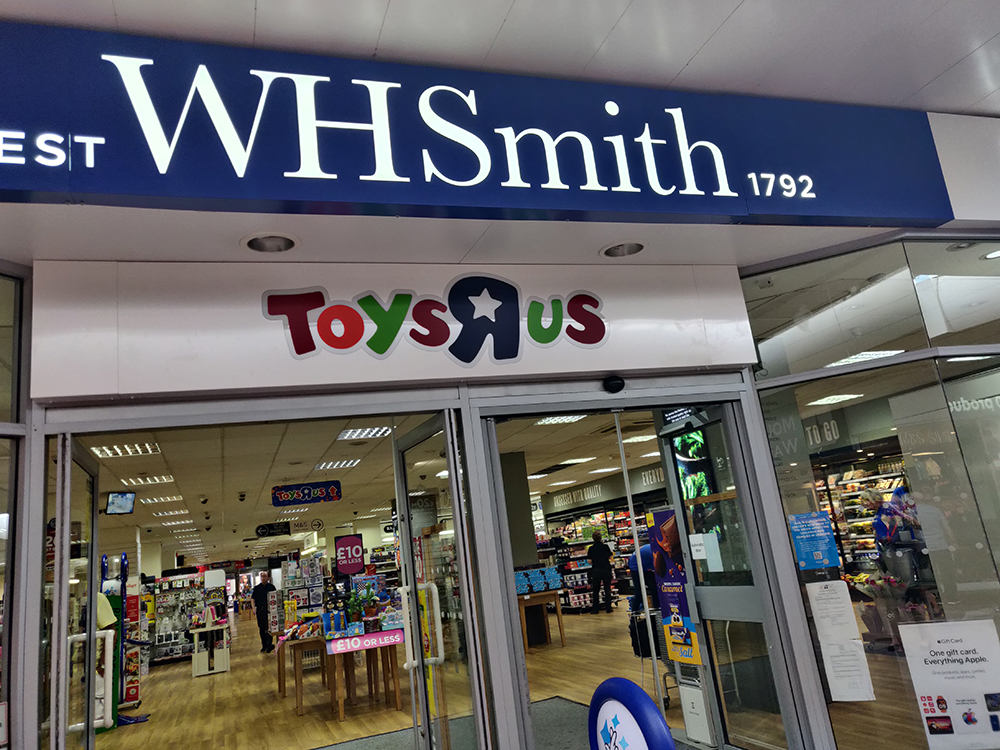Significant developments and greater accessibility to mobile technologies has accelerated the growth of ecommerce and created a new generation of shoppers who are always connected, Forrester expects the European eCommerce market to reach €128 billion by the end of this year . As a result, consumers are becoming more demanding and have come to expect speed and ease-of-use through all available shopping channels i.e. mobile internet devices, desktops, bricks-and-mortar, television and/or catalogue. While omni-channel retailing is still relatively new, retailers have been dealing with the complexities of selling to consumers through multiple online channels for a number of years now.
The rate in which online shopping continues to grow has caused many retailers to drastically rethink the way they manage their supply chains in order to provide customers with an optimum and seamless experience across all channels. Craig Beddis, CMO, Automic, discusses why retailers have started looking towards strategies that aren‘t channel specific and instead focus on cross-channel customer consistency, and how by streamlining the supply chain it can ultimately help businesses succeed in this competitive industry by increasing customer satisfaction.
As consumers have increased accessibility 24/7 their all-round expectations of service delivery have consequently risen. This has created many hurdles for retailers to overcome in order to maintain a competitive edge and succeed when it comes to customer satisfaction. If a consumer can‘t get what they want when they want it, they won‘t think twice about going to a competitor to get it. In fact, research from Oracle found that brands can lose up to 20% of revenue due to poor customer experiences. The good news is that retailers are taking this on-board, and an impressive 93% of executives say that improving the customer experience is one of their organisation‘s top three priorities in the next two years.
One of the key factors that influence online shopping behaviour and the decision to purchase from a particular retailer is delivery times. The role that fulfilment can play in customer retention is vital. New research from IMRG found that 74% of customers are encouraged to shop again with a specific online retailer if the delivery experience was positive. The research also identified that delivery information, before purchase and ‘in transit‘ would help to improve the overall delivery experience. Retailers are aware of how important this part of the purchasing process is to consumers and, as a result, smooth delivery options are front of mind but to really revolutionise this particular process, changes to the supply chain must be made.
Fundamental to achieving a streamlined supply chain is ensuring retailers collect the right sales data from point-of-sale and process it quickly and correctly through their core systems to ensure customer expectations are met, the right products are delivered and made available to the right places at the right time across all available shopping channels. However, with multiple potential points of failure caused by the transition from one system in the supply chain to another, processes can experience frequent delays and errors that will impact the customer, and could result in a lost sale or the likelihood of the customer returning. Poor coordination is the biggest culprit. For example, by relying on one system to transfer point-of-sale data from stores and another to execute core batch processes in a merchandising system, there is a risk of processing incorrect or incomplete data. This will have negative consequences on downstream processes that could result in empty shelves or availability online and being outpaced by competitor promotions.
This is where streamlining the supply chain can help by removing unnecessary steps from the process that can cause delays and errors. By having one process from
RELATED STORIES

















